1. Early Life
Princess Charlotte's early life was shaped by her royal birth and the expectations placed upon her as the eldest daughter of the monarch. Her education was considered paramount, and her childhood included both scholarly pursuits and public appearances.
1.1. Childhood and Education
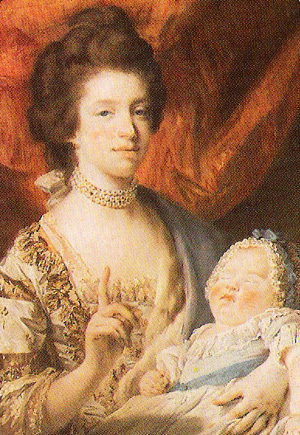
Princess Charlotte was born on 29 September 1766 at Buckingham House, London. She was the fourth child and eldest daughter of King George III and Queen Charlotte. She was christened on 27 October 1766 at the Chapel Royal, St James's Palace, by the Archbishop of Canterbury, Thomas Secker. Her godparents were her paternal aunt and uncle, Queen Caroline Matilda and King Christian VII of Denmark, and her paternal aunt Princess Louisa. The Duke of Portland, who was Lord Chamberlain, and the Dowager Countess of Effingham, stood proxy for the King and Queen of Denmark. Charlotte Augusta Matilda was named Charlotte after her mother, Augusta after her paternal grandmother Augusta of Saxe-Gotha-Altenburg, and Matilda after her paternal aunt Caroline Matilda of Great Britain. Because she was born on Michaelmas Day, her mother sometimes affectionately referred to her as "Michaelmas Goose."
After the birth of three sons, her parents were particularly delighted to have a daughter. They hoped a daughter would bring peaceful days and feminine grace, contrasting with the more boisterous nature of her elder brothers. Like all her siblings, Charlotte was inoculated against smallpox; in her case, this occurred in December 1768 alongside her brother William. As the eldest daughter of the reigning monarch, Charlotte was presumed to be destined for an important marriage on the European continent. Consequently, her education was deemed of utmost importance, commencing when she was only eighteen months old. Given that French was the official language in nearly every European court, the young Princess was provided with a French tutor to ensure she spoke without an accent. Memory training was another early subject; she was taught to recite short verses and stories, which contributed to her remarkable ability to recall details throughout her life.
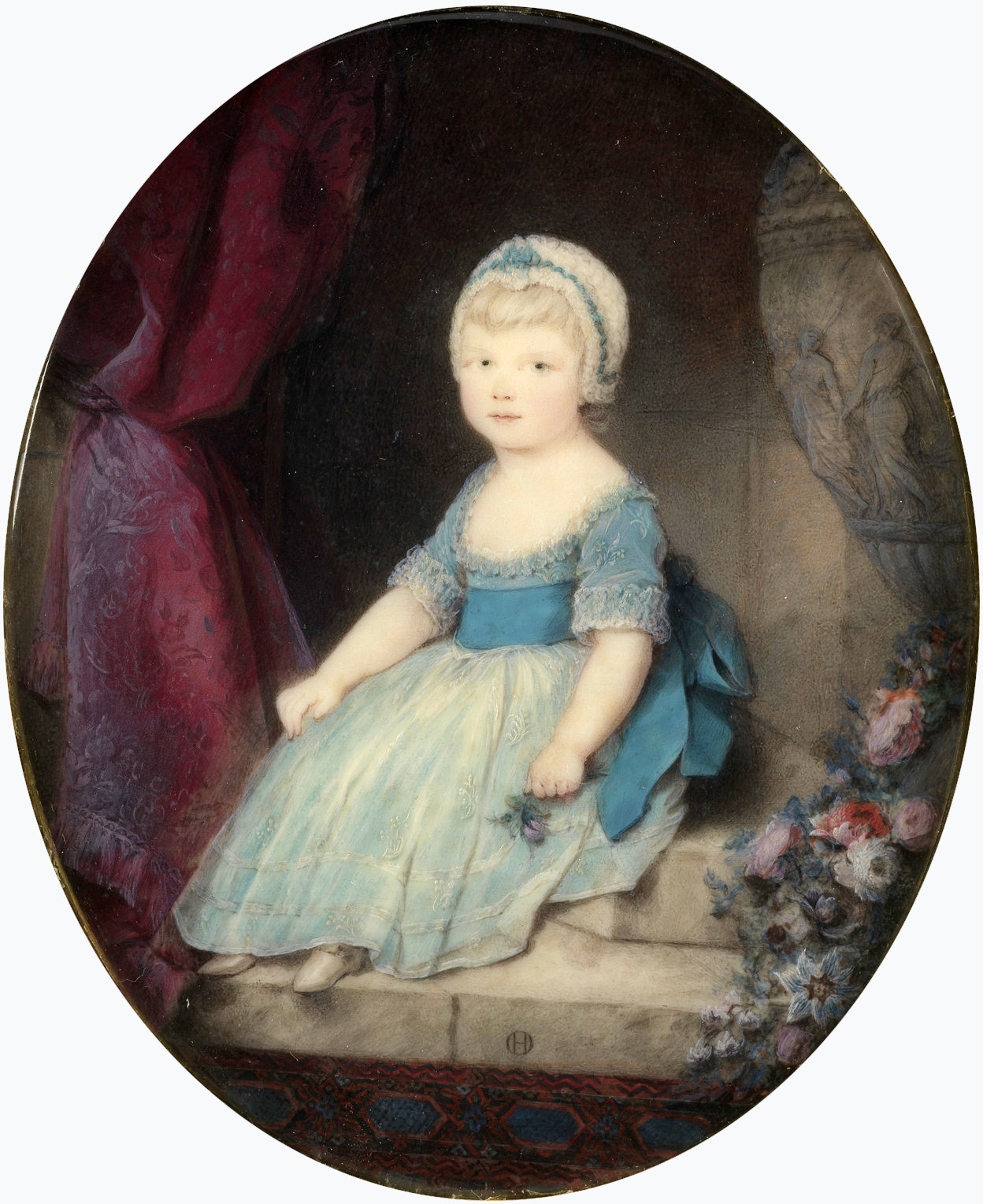
Her early childhood was not solely dedicated to academic pursuits. When she was almost three years old, she participated in her first tableau, dressed as Columbine, where she danced with her seven-year-old brother, George, Prince of Wales. Charlotte was not naturally inclined towards music and later expressed disdain for such public displays involving children, believing they fostered vanity and self-importance. Despite her reservations, her parents continued to showcase her. In late 1769, she and the Prince of Wales were again presented, this time to the public in a "junior drawing room" at St James's Palace. Charlotte was dressed in a Roman toga and reclined on a sofa. While such exhibitions were common in German courts, they were considered vulgar in England. In response, a London mob drove a hearse into the Palace courtyard as a protest. Afterwards, the Prince of Wales recounted to Lady Mary Coke that the entire event had left Charlotte "terribly tired." The King and Queen wisely decided never to repeat the experience.
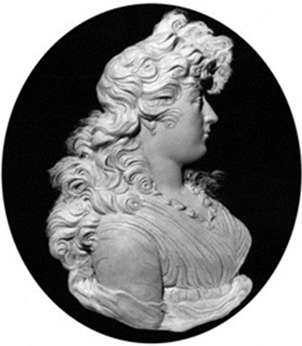
Although she was the eldest daughter, Charlotte was frequently compared to her sister Augusta Sophia, who was only two years her junior. When Augusta was a month old, Lady Mary Coke described her as "the most beautiful baby I have ever seen," while Charlotte was deemed "very plain." Three years later, Lady Mary's assessment of Charlotte was "the most sensible agreeable child I ever saw, but in my opinion far from pretty," while Augusta was still considered "rather pretty." Despite never possessing her younger sister's beauty, Charlotte did not share Augusta's significant flaw: painful shyness. Charlotte also had a stammer, which her attendant, Mary Dacres, diligently tried to help her manage. In 1770, the trio of the three eldest princesses was completed with the birth of Princess Elizabeth, the seventh royal child overall. For a time, the royal family remained relatively small, though they eventually numbered fifteen children in total. Charlotte was fortunate to have parents who preferred spending time with their numerous children over constant court engagements and who took her education seriously. However, the high frequency of royal births and the political troubles that plagued King George III's reign meant Charlotte's childhood was not as idyllic as her parents had envisioned. Like her siblings, Princess Charlotte was educated by private tutors and spent most of her childhood at Buckingham House, Kew Palace, and Windsor Castle. Her wet nurse during this period was Frances, the wife of James Muttlebury.
1.2. Designation as Princess Royal
The title of Princess Royal is traditionally bestowed upon the eldest daughter of the British monarch. Charlotte was officially designated as Princess Royal on 22 June 1789. This formal conferral solidified her position within the royal hierarchy, and she was often informally referred to as "Royal" by members of the family.
2. Marriage
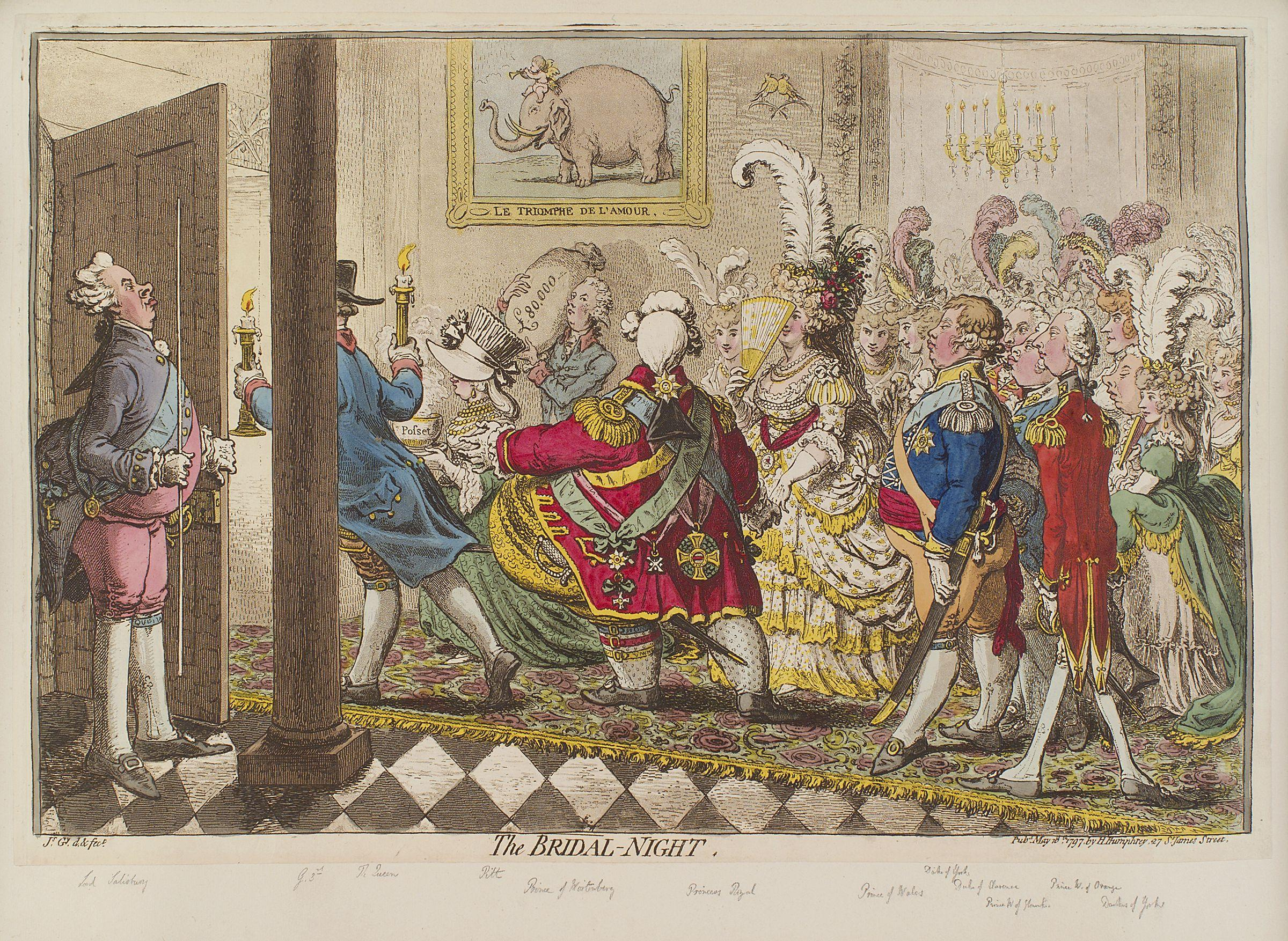
On 18 May 1797, Charlotte, Princess Royal, was married at the Chapel Royal, St James's Palace, London. Her husband was Frederick, Hereditary Prince of Württemberg, the eldest son and heir apparent of Frederick II Eugene, Duke of Württemberg and his wife, Margravine Sophia Dorothea of Brandenburg-Schwedt.
Frederick had been previously married to Princess Augusta (3 December 1764 - 27 September 1788), who was the daughter of Duke Karl II of Brunswick-Wolfenbüttel and Princess Augusta of Great Britain (King George III's elder sister). This made Princess Augusta Charlotte's first cousin. From this first marriage, Frederick had two sons and two daughters. Princess Augusta was also the mother of Caroline of Brunswick, who became the estranged wife of the future George IV (then Prince of Wales). The marriage between Duke Frederick and Princess Charlotte produced one child, a stillborn daughter, on 27 April 1798. Charlotte had no further children.
3. Life in Württemberg
Charlotte's life in Württemberg was marked by significant political upheaval, as her husband's duchy transformed into a kingdom under the influence of Napoleon Bonaparte.
3.1. Becoming Queen
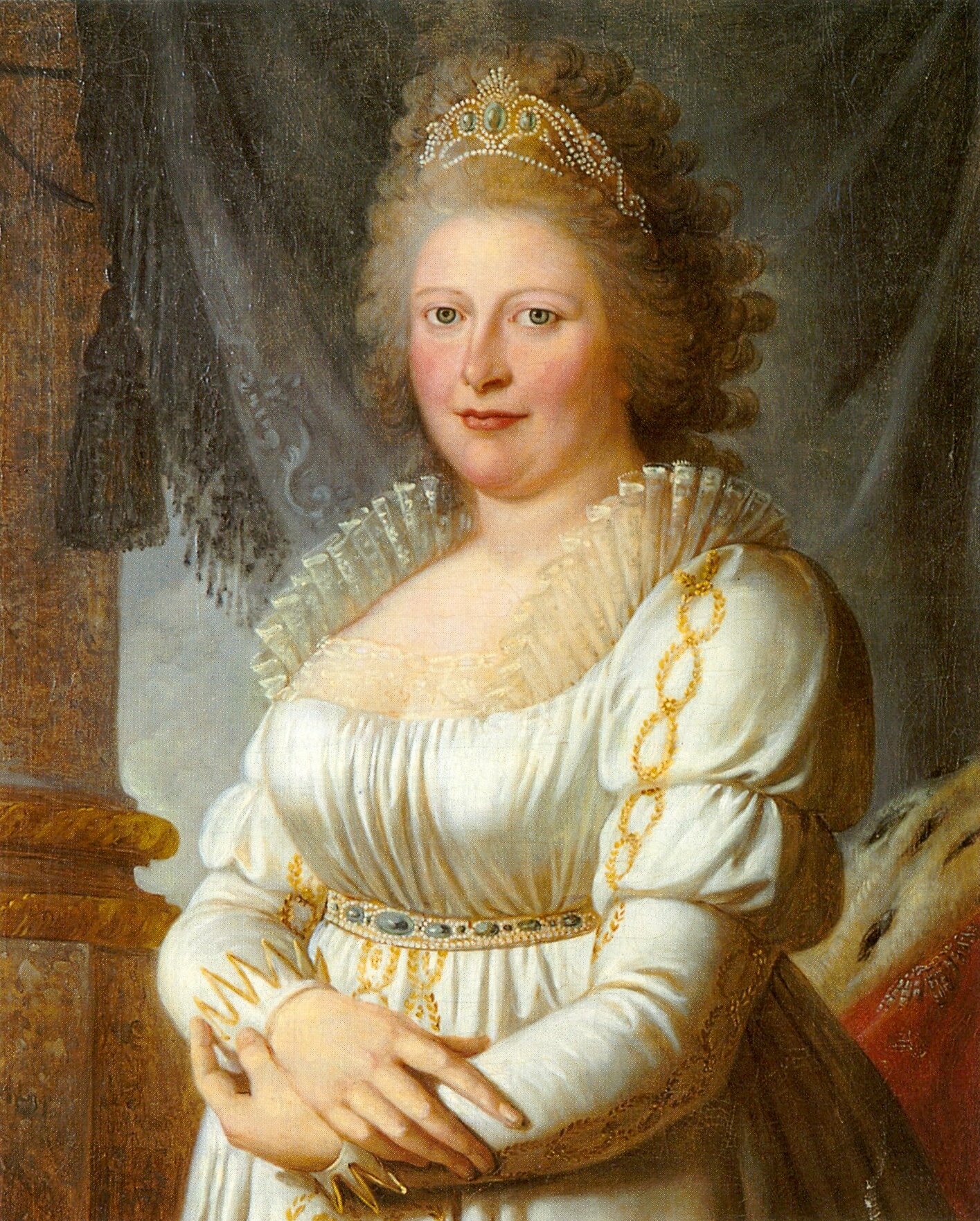
Frederick succeeded his father as the reigning Duke of Württemberg on 23 December 1797. In 1800, during the Napoleonic Wars, the French army occupied Württemberg, compelling Duke Frederick and Duchess Charlotte to flee to Vienna. The following year, Duke Frederick negotiated a private treaty with France, agreeing to cede Montbéliard in exchange for Ellwangen two years later. On 25 February 1803, Frederick assumed the title of Elector of Württemberg. In a strategic move, Frederick agreed to provide France with a substantial auxiliary military force. In return, Napoleon recognized Frederick as King of Württemberg on 26 December 1805. Electress Charlotte thus became Queen of Württemberg when her husband formally ascended the throne on 1 January 1806. She was crowned Queen on the same day in Stuttgart, Germany.
3.2. Political Context and Reign
Following its elevation to a kingdom, Württemberg formally seceded from the Holy Roman Empire and joined Napoleon's Confederation of the Rhine. This alliance with France technically positioned King Frederick as an adversary to his father-in-law, King George III of the United Kingdom. King George III, incensed by his son-in-law's adoption of the royal title and his role as one of Napoleon's most devoted vassals, consequently refused to address his daughter as "Queen of Württemberg" in his correspondence.
However, the political landscape shifted in 1813 when King Frederick changed allegiances and joined the Allied forces against Napoleon. His status as the brother-in-law of the Prince Regent (who would later become George IV) proved beneficial to his standing among the Allies. After the ultimate defeat of Napoleon, King Frederick attended the Congress of Vienna, where his status as king was officially confirmed. He continued to reign until his death in October 1816.
4. Dowager Queen
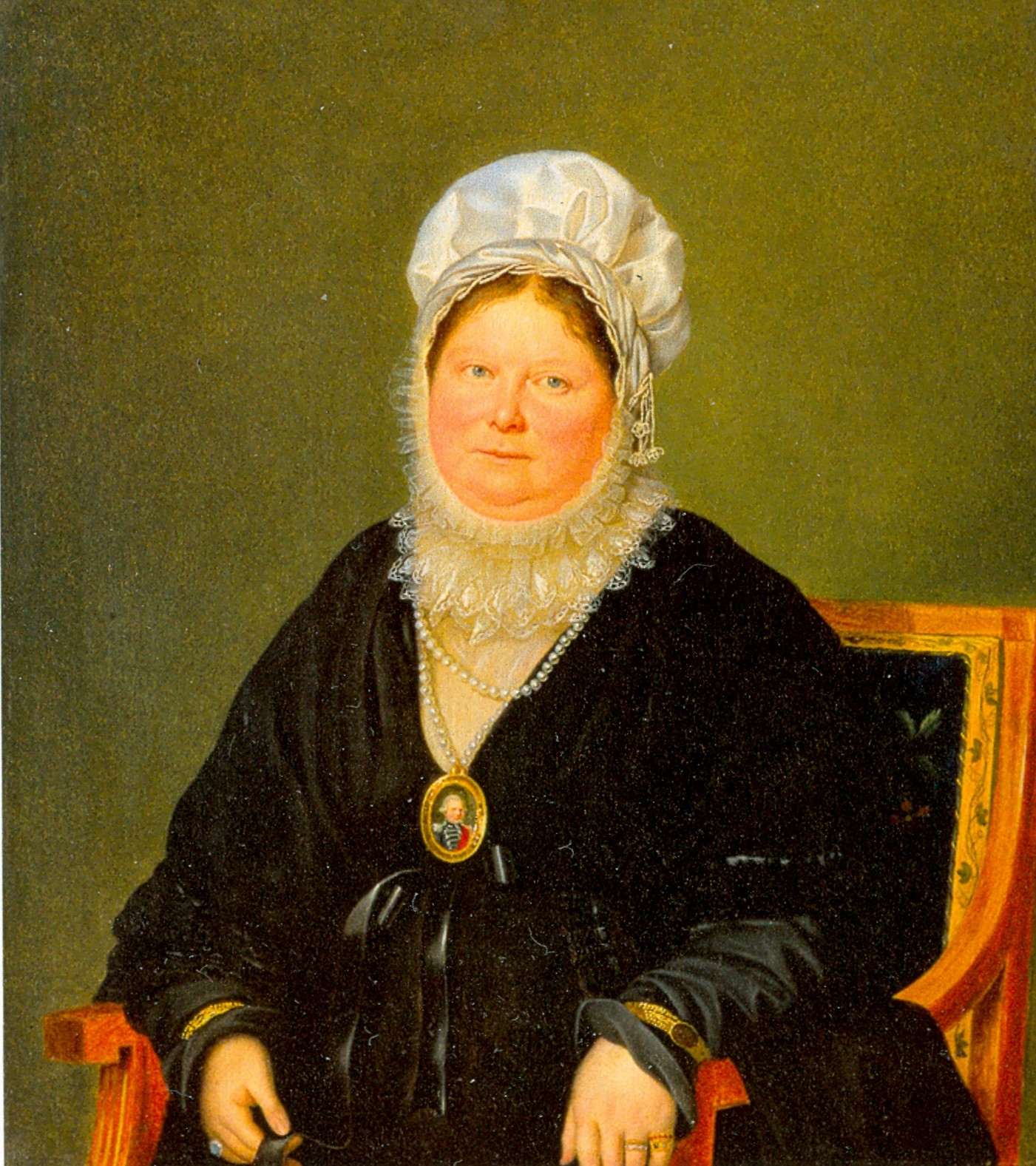
After the death of King Frederick I in October 1816, Charlotte continued to reside at Ludwigsburg Palace, located near Stuttgart. During her widowhood, she frequently received visits from her younger siblings, including Prince Edward, Duke of Kent and Strathearn, Prince Augustus Frederick, Duke of Sussex, Prince Adolphus, Duke of Cambridge, the Landgravine of Hesse-Homburg, and Princess Augusta Sophia of the United Kingdom. In 1819, she served as a godmother (by proxy) at the christening of her niece, Princess Victoria of Kent, who would later ascend to the British throne as Queen Victoria.
4.1. Return to Britain
In 1827, Charlotte made her first return to Britain since her wedding in 1797. At 60 years old, she was very heavy and wished to undergo surgery for dropsy in England. The newly introduced steam propulsion on the Rhine River promised a convenient journey home. On 31 May, she embarked on the new steamboat Friedrich WilhelmGerman. After traveling down the Rhine, the steamboat reached Bath on the Western Scheldt. Due to her considerable weight, Charlotte had to be lifted aboard HMS Royal Sovereign using a hoisted chair. Adverse weather conditions subsequently forced Royal Sovereign to depart Bath and anchor near Vlissingen. By 5 June, Charlotte had arrived in Greenwich.
In London, she took up residence at St James's Palace, where she received numerous visits from her family members. King George IV paid her a final visit from Windsor Castle on 6 October. On Tuesday, 9 October, Charlotte departed England aboard Royal Sovereign, but a storm compelled her vessel to return to Harwich. On 14 October, Royal Sovereign anchored near Klundert on the Hollands Diep. After spending the night on board, Charlotte transferred to the steamboat Stad NijmegenDutch. By 19 October, she had arrived in Frankfurt, where she was met by the King and Queen of Württemberg and the Duke of Cambridge. She finally returned to Ludwigsburg Palace on 24 October.
5. Titles and Honours

Charlotte Augusta Matilda held several titles throughout her life, reflecting her lineage and marriage:
- 29 September 1766 - 22 June 1789:** Her Royal Highness The Princess Charlotte
- 22 June 1789 - 18 May 1797:** Her Royal Highness The Princess Royal
- 23 December 1797 - 25 February 1803:** Her Royal Highness The Duchess of Württemberg
- 25 February 1803 - 1 January 1806:** Her Royal Highness The Electress of Württemberg
- 1 January 1806 - 30 October 1816:** Her Majesty The Queen of Württemberg
- 30 October 1816 - 6 October 1828:** Her Majesty The Queen Dowager of Württemberg
Her honours included:
- Royal Family Order of King George IV
- Dame Grand Cross of the Order of Saint Catherine, awarded on 5 April 1797.
As a daughter of the British sovereign, Charlotte was entitled to use the arms of the kingdom. These arms were differenced by a label argent of three points. The center point of the label bore a rose gules (red rose), while the outer points each bore a cross gules (red cross).
6. Family and Ancestry
Charlotte, Princess Royal, was the daughter of George III of the United Kingdom and Charlotte of Mecklenburg-Strelitz.
Her paternal grandparents were Frederick, Prince of Wales, and Augusta of Saxe-Gotha. Her maternal grandparents were Duke Charles Louis Frederick of Mecklenburg-Strelitz and Princess Elisabeth Albertine of Saxe-Hildburghausen.
Her paternal great-grandparents were George II of Great Britain and Caroline of Brandenburg-Ansbach, and Frederick II, Duke of Saxe-Gotha-Altenburg and Magdalena Augusta of Anhalt-Zerbst. Her maternal great-grandparents were Adolphus Frederick II, Duke of Mecklenburg-Strelitz and Princess Christiane Emilie of Schwarzburg-Sondershausen, and Ernest Frederick I, Duke of Saxe-Hildburghausen and Countess Sophia Albertine of Erbach-Erbach.
Charlotte had fourteen siblings: George IV of the United Kingdom, Frederick, Duke of York and Albany, William IV of the United Kingdom, Princess Augusta Sophia of the United Kingdom, Princess Elizabeth of the United Kingdom, Ernest Augustus, King of Hanover, Prince Augustus Frederick, Duke of Sussex, Prince Adolphus, Duke of Cambridge, Princess Mary, Duchess of Gloucester and Edinburgh, Princess Sophia of the United Kingdom, Prince Octavius of Great Britain, Prince Alfred of Great Britain, and Princess Amelia of the United Kingdom.
7. Death
Charlotte, Princess Royal, died at Ludwigsburg Palace on 6 October 1828. She was buried in the royal vault within the palace.
8. Assessment and Legacy
Charlotte, Princess Royal, lived a life defined by her royal birth and her marriage into a prominent European house during a period of immense political change. Her life reflects the challenges and expectations placed upon royal women of her era, particularly regarding dynastic marriages and their roles in international relations.
8.1. Positive Contributions
While Charlotte's life was primarily shaped by her status as a royal consort, she fulfilled her duties as Duchess, Electress, and Queen of Württemberg. Her education, which began at a very young age, equipped her with a sharp memory and proficiency in French, the diplomatic language of the time. Her role as godmother to her niece, the future Queen Victoria, highlights her continued connection to the British royal family even after her marriage abroad. She provided stability as consort during her husband's reign, which saw Württemberg's status elevate from a duchy to a kingdom.
8.2. Criticisms and Controversies
Charlotte's early life included instances where she was subjected to public displays by her parents, such as the "junior drawing room" exhibition. These events, though common in some European courts, were considered vulgar in England and reportedly left the young princess "terribly tired," indicating a disregard for her comfort and well-being. Later in her life, her husband's alliance with Napoleon created a diplomatic strain with her father, King George III, who notably refused to acknowledge her title as "Queen of Württemberg" in correspondence. This situation underscored the complex political pressures that could impact even personal family relations within European royalty.